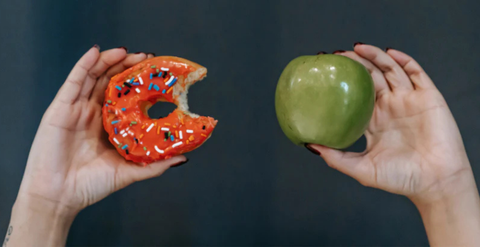Why we need water
Water is essential for life. It accounts for about 60% of our body weight and performs crucial roles such as carrying nutrients and waste products between our major organs, helping to regulate body temperature, lubricating our joints and acting as a shock absorber.
Body water is found both inside and outside our cells. The water found inside cells is called intracellular water, which contains dissolved solutes (electrolytes) that are essential to maintaining healthy body functions. Water found outside cells is called extracellular water. Blood contains extracellular water which is transported around our body. Water moves easily between cells to wherever it is needed.
The human body works to maintain optimal hydration by using hormones to control how much we urinate and by giving our brains signals to tell us that we are thirsty. As our brains are 73% water, insufficient hydration can have an adverse effect on how our brains function. On average, we take in and excrete around two and a half litres of water a day, although this varies from person to person.
States of hydration
Hydration status may fluctuate throughout the day, however, our body will regulate itself over a 24-hour period. Optimal hydration is when our water intake matches our requirements. However, when water intake is less than our bodies’ requirements, we start to become ‘hypo-hydrated’ and this can lead to insufficient hydration, or ‘dehydration’.
We are at the greatest rick of dehydration when we are too hot or too dry, have limited access to water or lose more water than usual. Warm or dry environments tend to increase our need for fluid. We can lose more fluid through sweating (due to exercise or hot climates), or by suffering vomiting and diarrhoea.
Consequences of insufficient hydration
Mild dehydration may occur when we lose about 1% of our body weight due to water restriction. Some common symptoms of mild to moderate dehydration include:
- Constipation
- Dark yellow or brown urine
- Dry, sticky mouth
- Few or no tears when crying
- Headache
- Increased thirst (or NO thirst)
- Muscle tiredness and pain
- Sleepiness or tiredness (children may be less active than normal)
Research shows that losses of 2% or more can reduce cognitive (mental) performance. Inadequate intake can also contribute to kidney disease.
Elderly people in particular are at increased risk of dehydration, due to number of factors. The thirst sensation lessens with age, while using multiple drugs and medicines can also affect water balance which means they might become dehydrated more easily or without realising. Persistent dehydration can lead to confusion and even hospitalisation unless dealt with promptly.
Thirst and urine colour
Thirst is one of the indicators of hydration status. The body’s fluid balance itself is regulated by thirst sensations, and fluid and salt concentrations, hormones and nerve signalling pathways all have important roles to play in this.
For these reasons healthy individuals often receive advice from health professionals to “drink to thirst”. However, it should be recognised that age and whether we are healthy can affect how much we can rely on thirst.
Another indicator of whether we are adequately hydrated is urine colour. As a general rule of thumb, if you are healthy and well-hydrated the urine will tend to be straw-coloured, and becomes progressively darker the more dehydrated we become. Once it becomes honey-coloured this is a sign that not enough water has been drunk.
Urine that is dark brown in colour can indicate severe dehydration. Please note, certain medications and foods, such as beetroot, may change the colour of your urine.
How much water do we need?
Like vitamins and minerals, our fluid requirements are individual and depend on factors such as body weight and size, age and gender, levels of physical activity and the temperature of our environment. However, a good general rule for everyone is:
30mL per kg body weight. e.g 30mL x 70kg = 2,100mLs (or 2.1L) daily water requirement
Top tips for healthy hydration
- Whilst you can meet your body’s water requirements from other drinks, water is one of the healthiest ways to hydrate as it has no calories or sugar
- Foods can also contribute to your daily water intake. Those with high water content; eg. melon, soups, fruits, veg will make the greatest contribution.
- Drink at regular intervals throughout the day, in order to meet your body’s water requirements.
- The elderly and children are more at risk of dehydration since they are not always regulating their water intake properly.
- Make sure you always have access to water, even when you are out and about.
- You may need to drink more water when you exercise or spend time in hot and dry environments.




